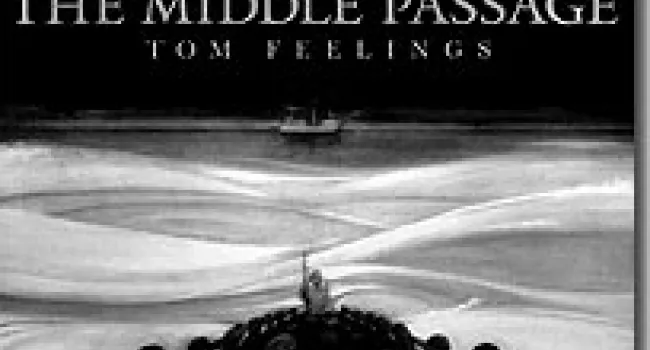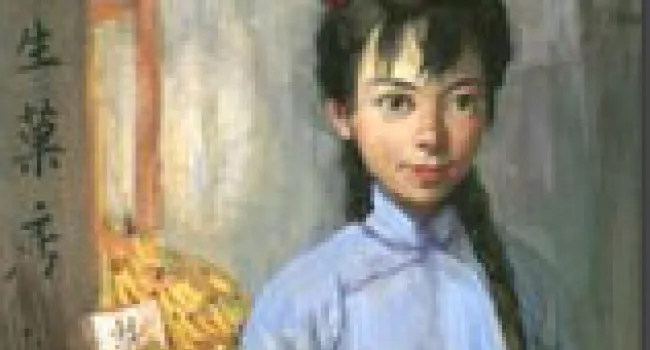
Tom Feelings describes himself as a "storyteller in picture form." Through his artwork, Tom allows the reader to discover diverse people, places, and events from around the world. Tom lived in Africa, South America, and New York before moving to South Carolina. His books have been honored by Caldecott, Newbery and Coretta Scott King awards.
Tell us about your work.
I consider myself a storyteller in picture form. I use the skills of drawing and painting to tell a story. But the story is the most important thing.
I started out as a child, copying from the comics. Years later, I started drawing from life. I went out into the streets in the neighborhood that I lived in. I think that drawing from life is very much like good writing. If you write over and over and over again, you develop the skill. Then you write beautifully. After that, it becomes very important what you have to say.
Tell us about living in Africa and how it affected your work:
I lived in Ghana in West Africa for two years. I came back and worked on a number of books dealing with African situations like Jambo Means Hello and Moja Means One, where I wanted to express what I felt about living in Africa.
Then I wanted to work on a book that told the whole story, but just in pictures. This picture book for children and adults developed into The Middle Passage. In Africa, I was trying to find out something about my history. The painful story of how Africans came to America is told completely in this book.
And you tell the entire story with pictures?
It starts out with Africa before the slave trade, and then jumps right in to the action. That's one of the things that I like about a book, is that you can show movement and pacing just like someone telling a story. They slow up, they speed up, their voice goes up, their voice goes down, they whisper, they talk. And that's one of the things that I wanted to try and do with this particular book.
How did you start The Middle Passage?
I read everything I could on slavery. I read many books and wrote it out in long hand, so I could keep it in my mind. And then I started breaking it down into incidents. I kept breaking it down into sentences that reflected the images that I wanted to project.
Is a book of pictures harder to make than one with words?
Yes, it's hard and that is one of the reasons that it took me a long time. But I love to work on individual drawings, and develop that skill of drawing and painting over. And use those skills to express the moods I want to have in a picture.
Tell us more about showing moods through painting...
What I like to do, is the thing that black music does - the blues. That is sometimes mix pain with joy. You see things that are basically beautiful, but sometimes they have a bittersweet feel to them.
It's like someone telling a horror story. You are listening to the story, but you are a little afraid of what you hear at the same time. It's up to the storyteller to weave the story in such a way, that they keep you into the story until you get to the end.
What is the process of illustrating a book?
You start off by reading the text. And then you choose the images that you want to do. Sometimes they call it thumbnail sketches, small sketches, that you later on do larger. And then you start painting the pictures.
Do you do rough drafts?
Oh yes, I do many rough drafts! Hundreds and thousands sometimes. Doing things over and over until you do them right is the best way to do them.
I run into a lot of people when I'm out drawing from life, and they always come over to me and say, "Oh, I used to draw." Which means they used to draw but they stopped. The people who keep drawing are the ones who become artists. It's very important to stay at what it is that you want to do.
Do you think personal experience is important to your creativity?
All personal experience is important to an artist. That is why I try to express what I feel deep inside and put it down on paper.










